Elevation 20 m Owner Air Ministry | In use 1941-1957 (1957) Year built 1941 | |
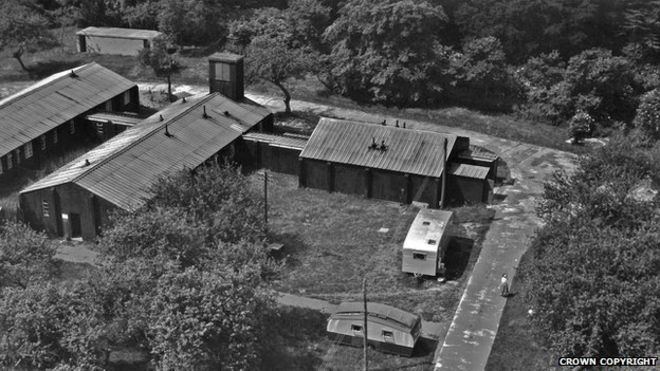 | ||
09/27 1,275 metres (4,183 ft) Asphalt 15/33 1,340 metres (4,396 ft) Asphalt | ||
Royal Air Force Defford or more simply RAF Defford is a former Royal Air Force station located 1.1 miles (1.8 km) north west of Defford, Worcestershire, England.
Contents
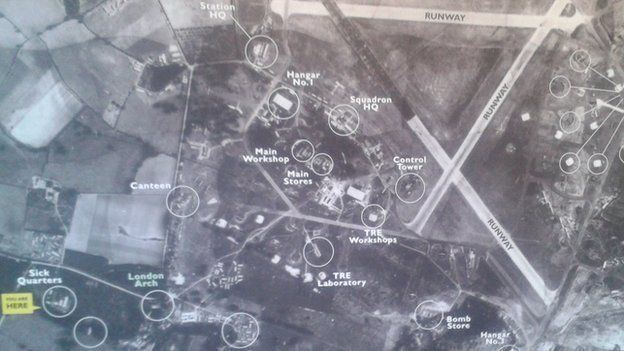
Second World War
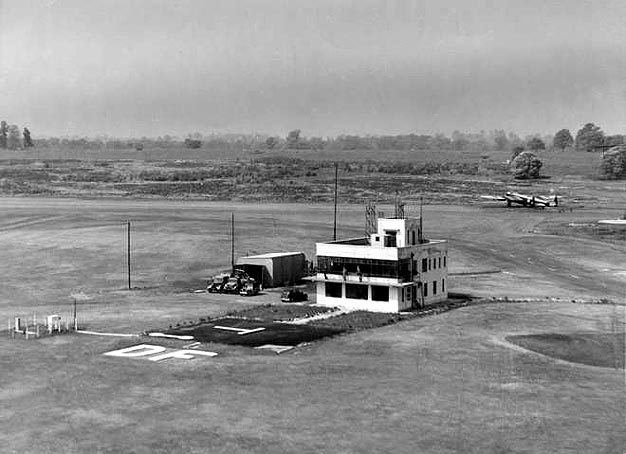
Construction of RAF Defford was completed in 1941, and for a few months the airfield was used as a satellite station by the Vickers Wellington bombers of No. 23 Operational Training Unit RAF (OTU), based a few miles away at RAF Pershore.
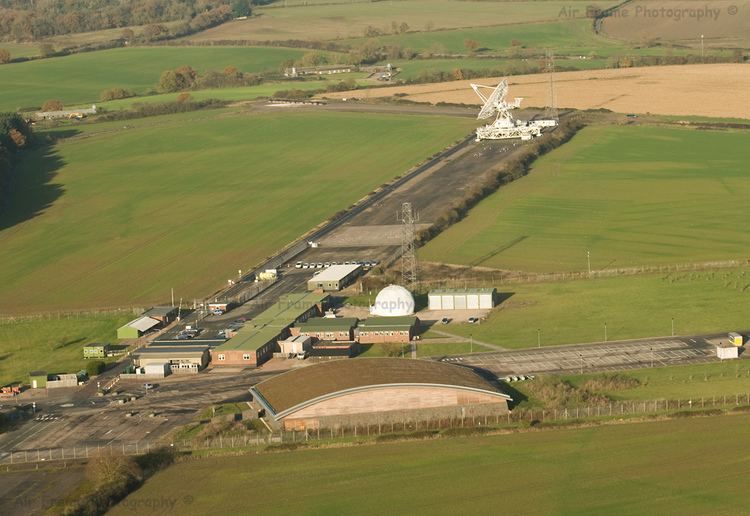
In May 1942, the Telecommunications Research Establishment (TRE), responsible for radar research and development, and located near Swanage, moved to Malvern College. At the same time the Telecommunications Flying Unit (TFU), later named the Radar Research Flying Unit (RRFU), which operated flight trials on behalf of the TRE, transferred its aircraft to Defford.
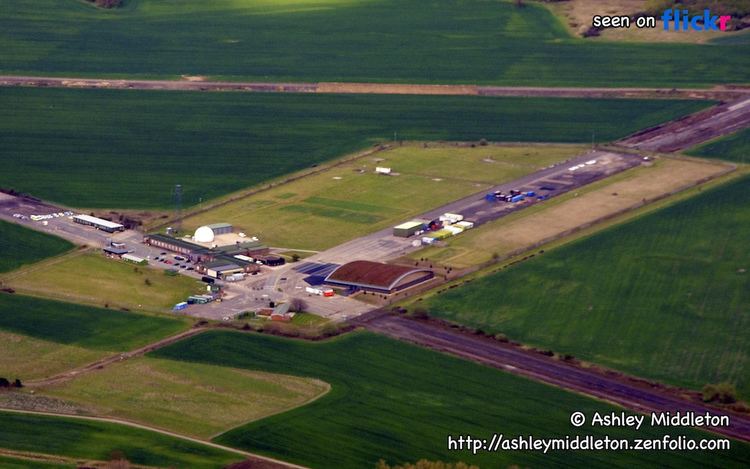
So hurried was the move to Defford that many of the personnel had to be accommodated in tents at first. However, at Defford the tempo of work carried out by TFU increased month by month, and by 1945 there were approximately 2,500 personnel and 100 aircraft on the station.

Civilian scientists, flying from Defford with aircrews drawn from the Royal Air Force and Royal Navy, tested radar systems which were to revolutionise the operational capability of Allied aircraft. Early successes with Airborne Interception (AI) systems were demonstrated by John "Cats Eyes" Cunningham and other night fighter pilots. While Air to Surface Vessel (ASV) radar enabled the German U-boat menace to be effectively countered in 1943, and thus was critical to the success of the Battle of the Atlantic. By 1944, H2S radar was enabling accurate navigation and target identification to be achieved by Bomber Command crews, taking part in the strategic bombing offensive.

There were many other notable "firsts" demonstrated by TFU. A converted Wellington bomber was the forerunner of the modern AWACS aircraft. This was successfully used to detect fast moving German E-boats, and to control their interception by other aircraft. The world's first automatic approach and landing also took place at Defford in 1945, paving the way for today's airliners which are able to safely arrive at their destinations, whatever the weather.
The world's first demonstration of an aircraft making a "hands off" automatic blind landing, using equipment the forerunner of modern ILS, was at Defford in January 1945.
Postwar use
TFU remained at Defford after the war, and was renamed the Radar Research Flying Unit (RRFU) in 1953. However, the airfield at Defford was too small to allow the operation of the large "V" bombers on flight trials, and so RRFU moved to nearby RAF Pershore in 1957. Most of the technical and domestic sites at Defford were soon de-requisitioned, but the central part of the now disused airfield still houses the Satellite Communications facility operated by QinetiQ. The various dishes and aerials used can be seen from passing trains between Worcester and Cheltenham and from the M5 motorway near Strensham services.
Current use
The airfield site is now owned and used by the West Mercia Constabulary and many of the "golf balls" and other communications equipment have been removed. Some of the station buildings remain in other uses. A few are contained within the National Trust property of Croome, including part of the station’s medical facilities which now house the RAF Defford museum.
Accidents and incidents
The worst accident in the history of the unit happened on when Handley Page Halifax V9977 crashed on 7 June 1942 with the loss all eleven crew and scientists on board including Alan Blumlein. It had been testing the new H2S radar system that used the magnetron valve developed by TRE. In 2002, exactly sixty years later, an RAF Defford Memorial was unveiled by Sir Bernard Lovell on the village green of Defford. It commemorates those who lost their lives in accidents while carrying out scientific research. It reads:
"Dedicated to the memory of those Royal Air Force Air Crew, Scientists, Engineers and Civilian Personnel who lost their lives in the furtherance of Radar Research while flying with The Telecommunications Flying Unit (TFU) later the Radar Research Flying Unit (RRFU) from RAF Defford 1941-1957 REQUIESCANT IN PACE"